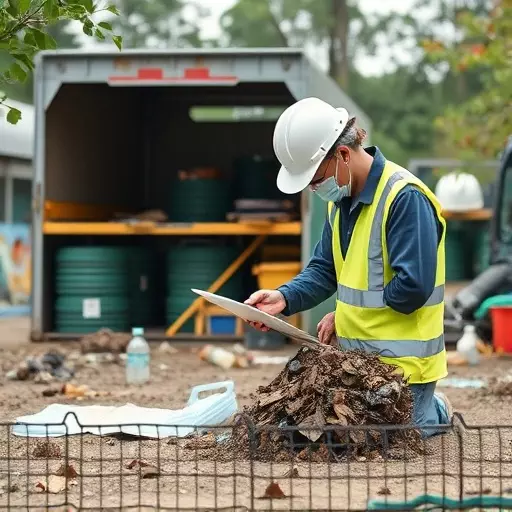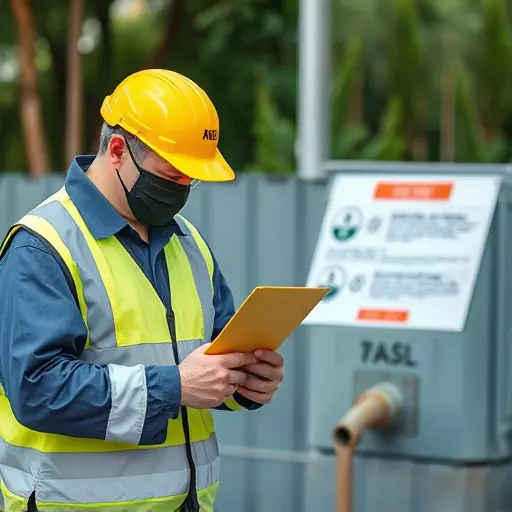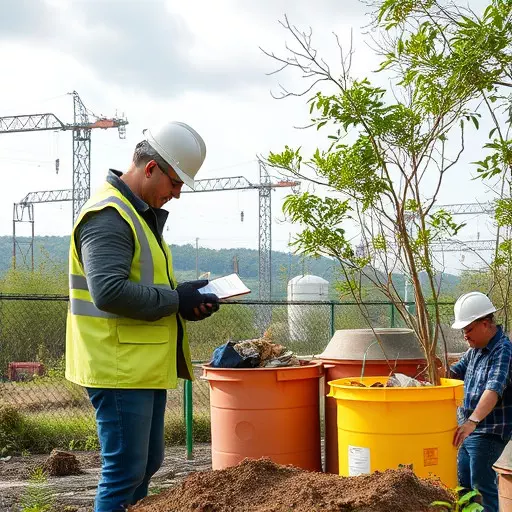An environmental compliance inspection is a thorough evaluation of a company's adherence to environmental regulations, focusing on waste management and best practices. It includes hazardous waste management audits, which verify the safe handling of dangerous materials, preventing ecological damage. These inspections, driven by stringent environmental regulatory frameworks, ensure corporate responsibility and promote sustainability through data-driven assessments, technology, and industry best practices sharing.
Environmental liability assessment is a critical process for organizations to navigate and mitigate ecological risks. This article explores essential components of environmental stewardship, focusing on three key areas. We delve into the intricacies of environmental compliance inspection, examining how these thorough checks ensure adherence to environmental regulatory frameworks. Additionally, we uncover efficient hazardous waste management audit techniques, vital for responsible disposal and minimization of environmental liabilities. By understanding these aspects, businesses can foster sustainable practices and avoid potential ecological and legal consequences.
- Understanding Environmental Compliance Inspection
- The Role of Environmental Regulatory Frameworks
- Efficient Hazardous Waste Management Audit Techniques
Understanding Environmental Compliance Inspection

An environmental compliance inspection is a critical process that involves evaluating a company’s adherence to relevant environmental regulatory frameworks. It goes beyond merely checking for obvious pollution sources, delving into every aspect of an organization’s operations to ensure they align with established environmental standards and best practices. This comprehensive assessment includes scrutinizing waste management systems, especially in the handling and disposal of hazardous waste, to mitigate potential risks to human health and ecosystems.
During these inspections, experts will examine records, monitor processes, and take samples to verify compliance. A thorough hazardous waste management audit is often a key component, ensuring that companies are appropriately identifying, storing, transporting, and disposing of potentially dangerous materials. This proactive approach not only helps in preventing environmental damage but also fosters a culture of sustainability and corporate responsibility within the industry.
The Role of Environmental Regulatory Frameworks

Environmental regulatory frameworks play a pivotal role in ensuring that businesses and industries operate responsibly and minimize their environmental impact. These frameworks are designed to establish clear guidelines and standards for various activities, such as waste management, emissions control, and pollution prevention. One key aspect is the implementation of regular environmental compliance inspections to verify that entities adhere to these regulations. These inspections can range from facility-wide assessments to specific hazardous waste management audits, ensuring that hazardous materials are handled, stored, and disposed of safely.
By enforcing these environmental regulatory frameworks, governments and environmental protection agencies aim to foster a culture of sustainability and accountability. Non-compliance with the established rules often results in stringent penalties and legal repercussions, encouraging businesses to integrate eco-friendly practices into their operations. This proactive approach not only safeguards the environment but also fosters innovation in cleaner technology and sustainable business models.
Efficient Hazardous Waste Management Audit Techniques

Efficient Hazardous Waste Management Audit Techniques play a crucial role in ensuring environmental compliance and adherence to stringent regulatory frameworks. These audits involve systematic assessments designed to identify potential risks, track waste generation, storage, transportation, and ultimate disposal or recycling. By employing advanced data analytics and technology, such as IoT sensors and digital record-keeping, organizations can optimize their hazardous waste management practices.
During an environmental compliance inspection, auditors meticulously examine records, implementation of waste minimization strategies, and safety protocols in place. This includes verifying proper labeling, secure containment, and adherence to disposal guidelines set by governing bodies. Effective audits not only uncover areas for improvement but also provide valuable insights into best practices that can be shared across industries, ultimately contributing to a safer, more sustainable environment.


